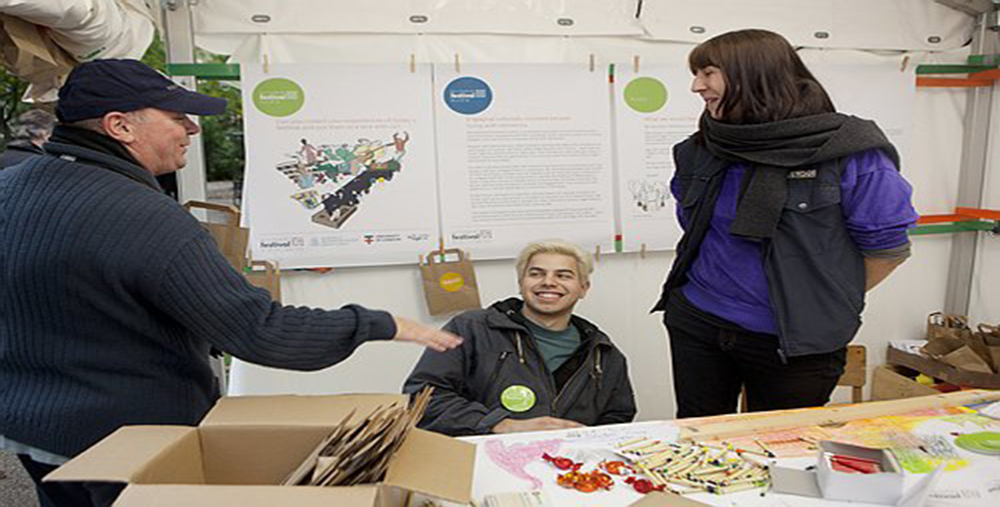Posted on November 6, 2013 by michaeleades
The First Box:
Earlier this week a plain, slightly damp cardboard box was delivered to my office. Whilst hardly looking like anything to get excited about, I knew that this was in fact a very important package indeed. It was nothing less than the first ‘output’ of my research project: the first (albeit very ‘prototype’) Bloomsbury ‘Festival in a Box’.
For six days this October the streets and squares of Bloomsbury were transformed. They became impromptu venues for art, music, and cabaret; for poetry readings and parkour workshops. Local institutions and businesses opened their doors and put on their own programmes of events, offering cultural and intellectual stimulation, as well as (when the weather turned) shelter from the October rain.
Every year the Bloomsbury Festival works this transformation, and this year I was lucky enough to be involved in the process. In my role as Cultural Contexts Research Fellow in the School of Advanced Study (SAS), I was responsible for putting together a programme of events that would help people to engage with research taking place across the school.
The Research Project:
But I also had another reason for taking a keen interest in the Bloomsbury Festival this year. As part of the AHRC’s Cultural Value Project, from July onwards I have been working on a research project entitled ‘Bloomsbury Festival in a Box: engaging socially isolated people with dementia’. On a basic level, this project aims to take a peripatetic version of the Bloomsbury Festival out to local residents unable to leave their homes and engage with it directly. Specifically, in this instance, we have been working closely with Age UK Camden’s Dementia Befriending Service, and with the Faculty of Brain Sciences at UCL, to develop and analyse a cultural outreach geared toward those living with dementia.
The idea here is to offer a chance for those living with dementia to engage not just in the reception, but in the collaborative creation of cultural experience. The Festival in a Box (FIAB), will develop opportunities for reminiscence and narrative storytelling, offering those living with dementia an opportunity to share their personal narratives, and to provide insight into Bloomsbury and surrounding areas of London.
We hope that, over the course of the project, each of these FIAB boxes will become miniature ‘archives of engagement’, tiny museums gathering rich and unusual data on the outreach experience. The contents of these will represent an important counter-point to the museums and archives for which Bloomsbury is known around the world, and provide our core data for analysis.
A Tiny ‘Archive’
This brings me back to that slightly crumpled, slightly damp box that arrived at my office on Thursday morning. Over the Festival weekend (19th-20th) we ran a launch event workshop for the FIAB project, in which Bloomsbury Festival goers were invited to participate in the creation of the very first ‘archive of engagement’. They were invited to add their words, pictures, images and impressions of the festival to our first, ‘rough draft’ Bloomsbury festival box.
The resulting ‘archive’ (for that is what I believe it to be) was, like the festival itself, tidied away at the end of Sunday 20th October. When the festival stalls and decorations were put away, leaving the Bloomsbury streets empty again for the commuters coming in on Monday morning, the box was sealed and stored. Opening that box nearly two weeks later is therefore an intensely exciting experience.
I am now opening this box for analysis (and will be blogging about this process in more detail in coming weeks). But it is already clear that its contents constitute an unusual narrative record of the festival, and of Bloomsbury itself, over two intense days in October. This first box more than underlines the capacity of cultural engagement to prompt narrative expression, reminiscence, and storytelling.
In coming weeks we will be extending this research into an even more challenging context: the (potentially) non-linear narrative temporalities experienced by those living with dementia. I am very excited indeed about opening up this next stage of the research project, and about opening the experiences, engagements, and boxes still to come.


Recent Comments